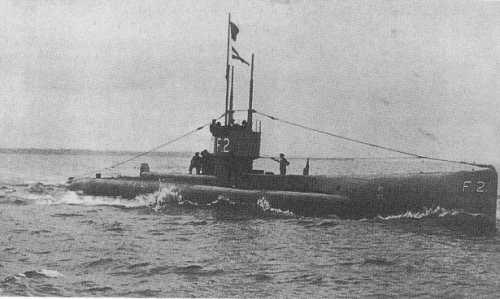
NAVYPEDIA
 Support the project with paypal
Support the project with paypal
Photo

F2 1917
Ships
| Name | No | Yard No | Builder | Laid down | Launched | Comp | Fate |
|---|---|---|---|---|---|---|---|
| F1 | IA0 | Chatham DYd | 12.1913 | 31.3.1915 | 8.1915 | BU 1920 | |
| F2 | IA1 | White, Cowes | 11.1914 | 7.7.1917 | 8/1917 | sold 7.1922 | |
| F3 | IA2 | Thornycroft, Woolston | 10.1914 | 19.2.1916 | 7.1916 | BU 1920 |
Technical data
| Displacement standard, t | |
|---|---|
| Displacement normal, t | 363 / 525 |
| Length, m | 46.0 |
| Breadth, m | 4.91 |
| Draught, m | 3.23 |
| No of shafts | 2 |
| Machinery | F1, 3: 2 Vickers diesels / 2 electric motors F2: 2 6-cyl Nuremberg (MAN)-White diesels / 2 electric motors |
| Power, h. p. | 900 / 400 |
| Max speed, kts | 14 / 8.75 |
| Fuel, t | diesel oil |
| Endurance, nm(kts) | 3000(9.5) / |
| Armament | 3 - 450 TT (2 bow, 1 stern, 6), |
| Complement | 19 |
| Diving depth operational, m | 30 |
Graphics
Project history
Standard Admiralty coastal design built for comparison with the 'S', 'V and 'W' types. Like them had double-hull features, and was based largely on the 'V' design, with improvements such as a stern TT. The Admiralty was most anxious to encourage the building of diesel engines, and so while F1 had the standard Vickers type, F 2 had 6-cyl Nuremberg (MAN) type built under licence by J Samuel White, but F3 reverted to the Vickers type. The battery had 12S Exide cells. F1 was ordered under the 1913-14 Programme and laid down in January 1913. F2 and F3 came under the 1914-15 Programme. Another three, F4-6 were projected in 1914 but cancelled after war broke out. Being very small these submarines saw relatively little service, apart from local defence.
Modernizations
None.
Naval service
No significant events.
F2 1917
 HOME
HOME FIGHTING SHIPS OF THE WORLD
FIGHTING SHIPS OF THE WORLD UNITED KINGDOM
UNITED KINGDOM SUBMARINES
SUBMARINES "F" submarines (F1) (3, 1915 - 1917)
"F" submarines (F1) (3, 1915 - 1917)
